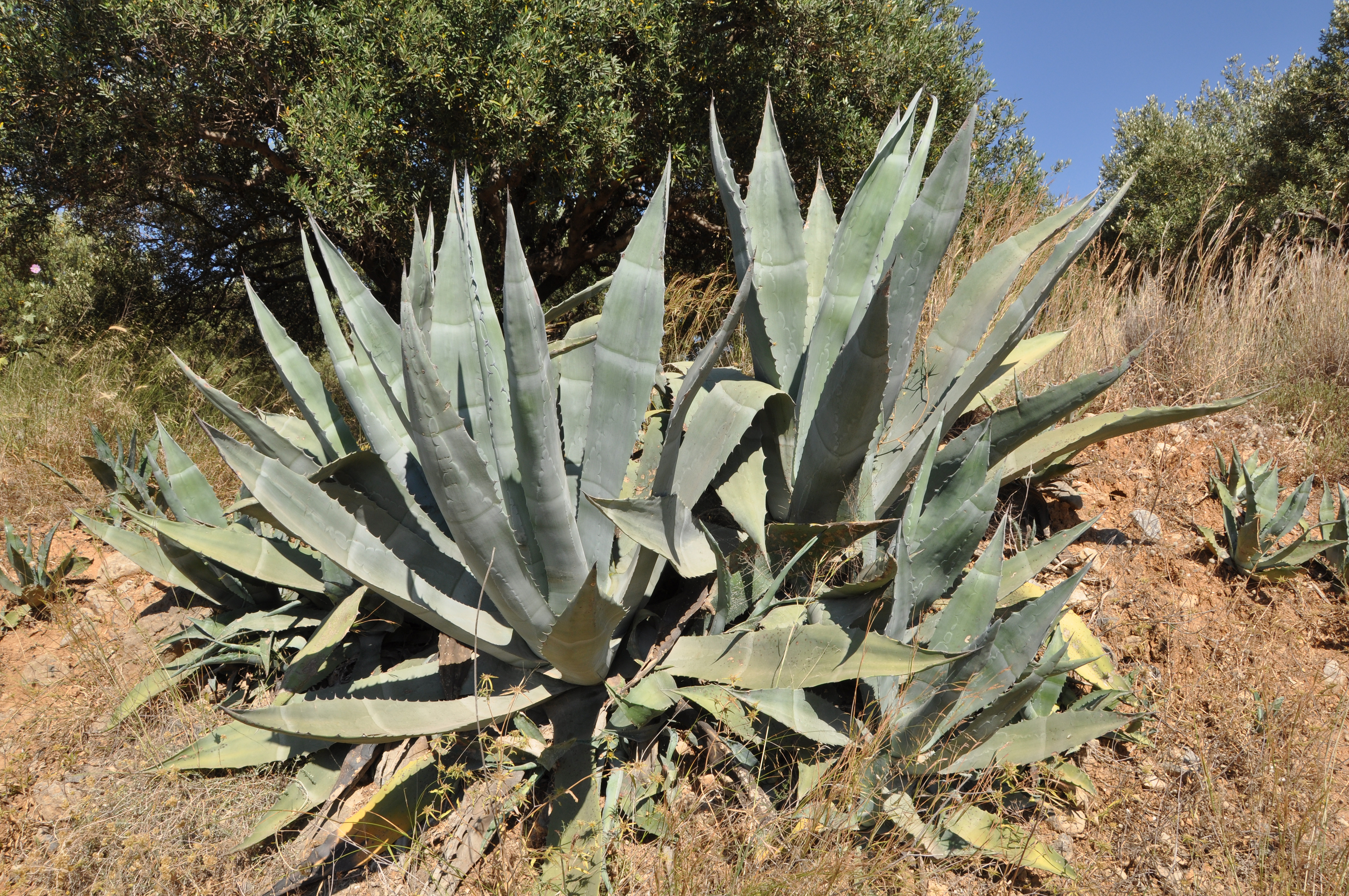So I´ve been reading some more in "The Archeology of Global Change", a volume published by the Smithsonian in 2004. This time about the Hohokam. I´m not sure if the proponents of the "noble savage" myth include this particular culture in their list of Native American peoples who were supposedly "natural conservationists". The Hohokam, after all, were a kind of high culture. Or at least a proto-high culture. So perhaps environmental degradation is expected in their case?
The Hohokam culture existed from 1000 BC to 1500 AD. The place was the arid Sonora desert in what is today the US state of Arizona. The Hohokam are mostly known for their 500 miles long canal system which irrigated their main agricultural fields. The peak population is apparently difficult to gauge, with estimates ranging from 25,000 to 150,000. The Hohokam also grew food (specifically agave) on marginal lands, at so-called rockpile fields. There is no doubt that the Hohokam were a clever group of people, and while the exact causes of their demise is unknown, it might not have been environmental degradation, but rather European diseases (which reached Arizona long before the actual Europeans). That being said, the Hohokam certainly didn´t live in some kind of Edenic balance with nature.
The Hohokam hunted and consumed ungulates, but the abundance of these animals decrease in the archeological record over time, suggesting overhunting. One way to get meat was trade, either with Hohokam settlements in the marginal areas, or with Native peoples elsewhere. Another was long-distance hunting expeditions by the Hohokam themselves. This hunting was not for everyone, but was probably in the hands of hunting specialists, with their own buildings, access to animal-like outfits (perhaps used to sneak up on the game animals), and weapons made from obsidian (a material not readily available to the Hohokam).
When ungulates became scarcer, the Hohokam turned more and more to lagomorphs, fish, beaver and muskrat. The lagomorphs and fish were always part of the local diet, but apparently the size of the fish decreased with time, suggesting that this resource was being over-exploited. Beaver and muskrat only shows up relatively late in the archeological record, despite both being edible animals. Perhaps there were cultural taboos against eating them? There are apparently such taboos among the present-day Native population in the area. If so, beaver and muskrat would be "famine food", animals hunted only when the Natives were forced to choose between eating and ideology. (They chose eating). Yet, at some archeological sites, the former inhabitants suffered from "subsistence stress and iron-deficiency anemia", suggesting that they nevertheless didn´t get enough protein.
During the mid-19th century, wildlife in the Southwest was relatively abundant and diverse, something not seen in the archeological record. This suggests that the animals recovered after the downfall of the Hohokam culture. Widlife becomes scarce again due to White American hunting during the early 20th century. At the same time, modern human activity has allowed the spread of animal species which never lived in Arizona before. So when conservationists talk about preserving an original "Nature", what exactly do they have in mind? Nature is always changing, often in response to human interventions, including those of the Hohokam...

No comments:
Post a Comment